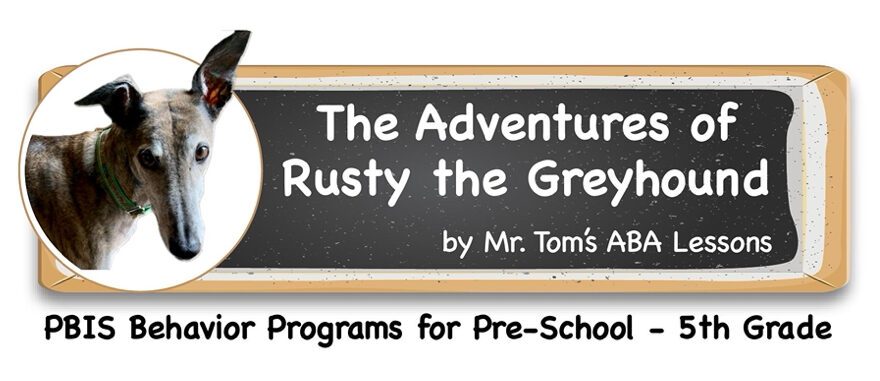Redirection to Promote Better Classroom Behavior

A student runs around a third grade classroom without anyone chasing them. The teacher says “Come help me quickly clean up these blocks.” The student stops running and instead uses their extra energy (zoomies, if you will) to work with the teacher to clean up. Notice how the teacher didn’t scold or even mention the student’s running. Yet, the negative behavior stopped and a positive behavior began.

This clever teacher didn’t call attention to the behavior that they wanted to stop but encouraged the student to complete a more rewarding activity. Since no one was chasing the student, doing the functional activity with the teacher was more rewarding. This Positive Behavioral Interventions and Supports (PBIS) strategy is called redirection.
For the RUSTY System, redirection falls under the ‘S’ for student feedback and engagement. When you transition away from reinforcing attention-seeking behaviors towards redirecting students to helpful behaviors, you can dramatically improve your classroom management.
What are the benefits?

Redirection allows you to subtly reclaim your classroom management. When children receive negative student feedback, like being chided for running around the room, they may respond negatively. The child may act out by running more (pretending to ignore you) or starting an even more disruptive activity.
Alternatively, offer attention (by talking to them or using nonverbal cues) while encouraging the shift in their classroom behavior (by giving them the new activity). In this way, you teach them to understand the expectations while giving an actionable alternative to the unproductive and/or distracting action.
Why does this matter?

When you call attention to a negative behavior, you are still offering a child attention. Some children don’t care if the attention is positive or negative, as long as they are getting the attention, especially from an adult.
When you bring attention to a behavior that you want to stop, you are accidentally reinforcing the activity. Instead, redirection allows for a smooth transfer of a time-wasting action to a constructive activity. By removing the distraction, all of your students can focus on the productive task.
What does this look like?

Maybe you’re wondering: if I’m not calling attention to their behaviors, how do I ever stop them? Set strong expectations and be consistent:
- Make sure your students know the expectations before each activity starts.
- Use many redirections with minimal (preferably no) words about what they are doing wrong.
- Get their attention, such as by snapping your fingers or clapping, then point.
Sometimes, different activities are not available, but you still don’t want to call attention to the behaviors. For example, I had a student who would slide out of his chair at lunch. The lead teacher would say, “Let me help you. Elevator up,” and then he would sit in his seat. She never told him to get back in his seat; she never touched him. She gave him attention without calling extra attention to the negative behavior.
Give praise when any student makes a good choice, but especially offer extra praise when a student with known classroom behavior issues does well. Not only will this student see how you praise others, but they will notice and appreciate the emphasized praise for them.
Your goal should be to give five praises for every correction. For this reason, redirection acts as a fantastic alternative to correction. Keeping the vibes in your classroom good will make classroom behavior better, and you’ll all feel happier.





These techniques work well with adults also. When I encounter someone who is be adversarial, or contrary, rather than challenge them directly, I propose a different question or outcome that I recognize that they will not take issue with. Often this will lead to agreement and the first question can be addressed in a more mature manner.